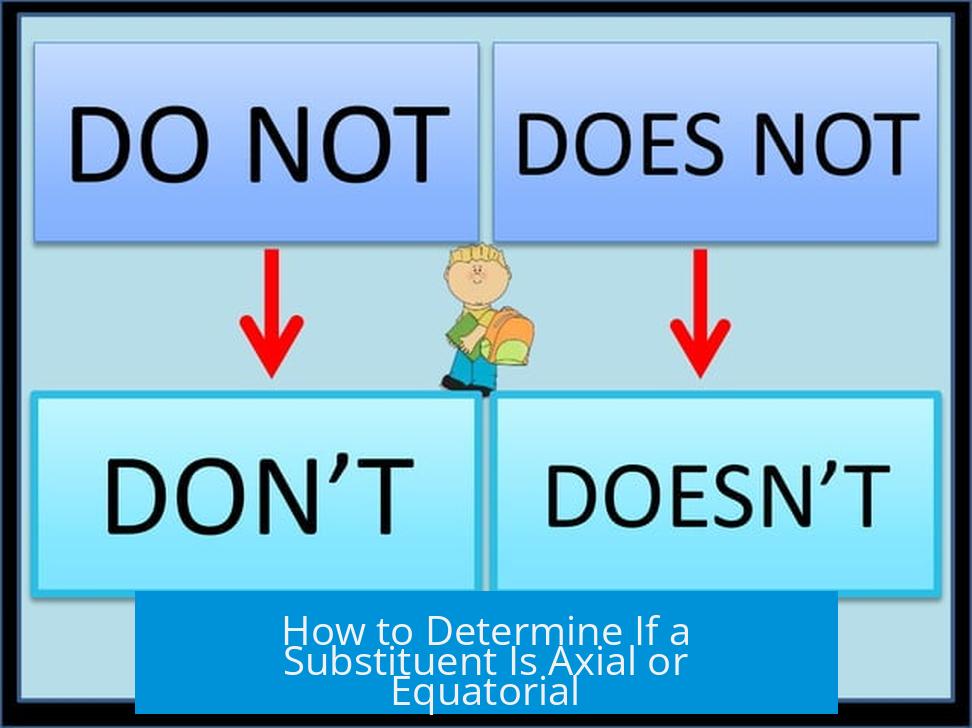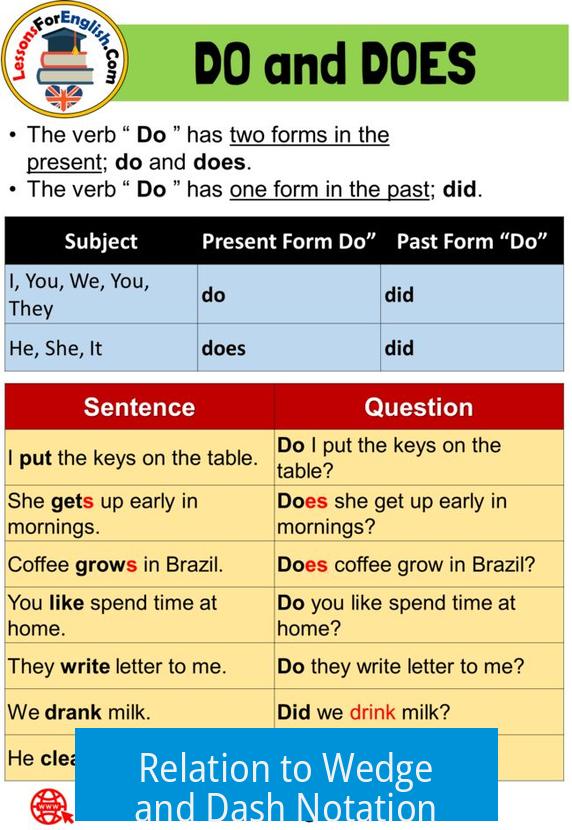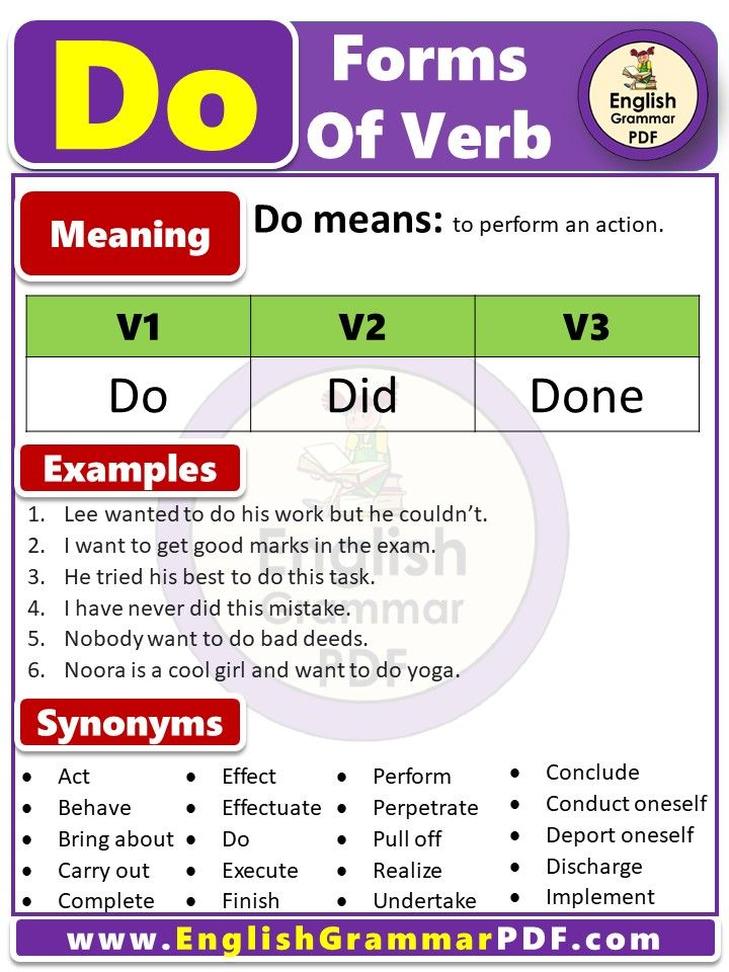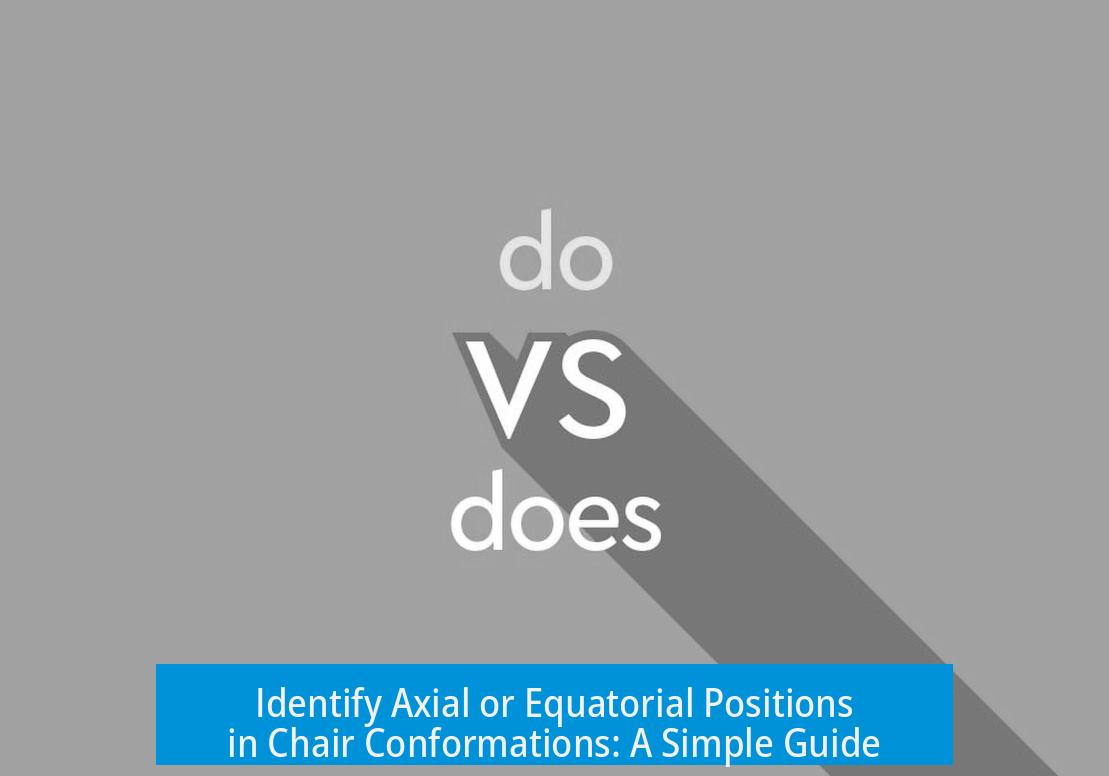How to Determine If a Substituent Is Axial or Equatorial

You can identify whether a substituent on a cyclohexane chair conformation is axial or equatorial by analyzing its orientation relative to the ring—that is, axial substituents point straight up or down, while equatorial substituents extend outward, roughly parallel to the ring’s equator.
Identifying Axial Positions
Axial substituents consistently point perpendicular to the average plane of the cyclohexane ring. This means they either point directly upward or downward, alternating up and down around the ring carbons. This orientation is easy to recognize because axial groups stand straight along the ring’s vertical axis.
Identifying Equatorial Positions
Equatorial substituents point outward from the ring, roughly parallel to the ring plane. To visualize equatorial positions, imagine three sets of parallel lines forming the chair structure. Each carbon’s equatorial bond aligns parallel to one of these sets without intersecting it. This means the equatorial bond direction is unique to each carbon’s location.
For example, comparing lines in a chair diagram—such as the leftmost green line with the line connecting carbons 8 and 7—helps identify which bonds are parallel. Equatorial substituents run parallel to such lines, unlike axial ones which are perpendicular.
Relation to Wedge and Dash Notation

Wedge and dash bonds indicate substituent direction relative to the viewer: wedges point out (up), and dashes point in (down). However, wedge or dash alone doesn’t specify axial or equatorial; the substituent’s position depends on the particular chair conformation.
- A wedge can be either axial or equatorial, depending on the carbon’s chair orientation.
- Similarly, dashes may represent either axial or equatorial, based on context.
Confirming Axial or Equatorial Using Relative Positions
Checking relative positions helps clarify the substituent assignment. For instance, if a substituent is syn (on the same side) with an equatorial chlorine, it likely is equatorial itself. Also, two adjacent substituents cannot both be axial in the same direction due to steric hindrance, so if one substituent (e.g., at carbon 9) is axial down, an adjacent substituent pointing left must be equatorial.
Summary
- Axial substituents always point straight up or down, perpendicular to the ring plane.
- Equatorial substituents point outward, roughly parallel to the ring, aligning with specific chair lines.
- Wedge/dash notation indicates direction but must be interpreted with the chair conformation.
- Relative positions of substituents can confirm axial or equatorial assignment.
How Do I Know If It’s Axial or Equatorial? Unraveling the Chair Conformation Mystery

Picture this: you’re staring at a cyclohexane chair conformation on your sketchpad, and the big question hits—how do you know if that substituent is axial or equatorial? Simply put, axial positions poke straight up or down—easy to spot. Equatorial ones, however, are a bit more subtle, aligning parallel to the chair’s “seat” contours. Sounds straightforward, right? Yet many get tangled in the details. Let’s break it down with clarity, some friendly tips, and a dash of humor.
Axial Positions: The Vertical VIPs of the Chair
First up, axial is your vertical buddy. Imagine a pole going straight up or down from each carbon in the cyclohexane ring. Substituents in the axial spot point directly along that pole.
- On the chair, each carbon has one axial substituent sticking up or down—no slants, no angles.
- This direction is consistent: if carbon 1’s axial substituent is up, carbons 2, 4, and 6 alternate by pointing down, and so on.
Because axial positions alternate direction around the ring, a substituent’s orientation can flip with a ring flip. So spotting these pole-like substituents is your first step. Vertical? Check—axial.
Equatorial Positions: The Chill, Sideways Neighbors
Now, equatorial substituents refuse to play vertical. Instead, they spread out roughly along the ring’s equator—which, on the cyclohexane chair, means they stick out sideways and slightly up or down. But how do you pin them down precisely?
Visualize the chair made of three sets of parallel lines. That sounds complex, but stick with me.
- Each carbon’s equatorial substituent runs parallel to the set of chair lines that carbon itself doesn’t cross.
- Take the left-most green line on the chair and compare it to the line between carbons 8 and 7 (if you number the chair carbons). They’re parallel. Your equatorial substituent aligns here.
This parallelism clue is the secret sauce. It helps you sketch the conformation accurately and identify equatorial substituents.
Wedges, Dashes, and What They Mean for Axial or Equatorial

Let’s talk about wedges and dashes. In chemistry drawings, a wedge means coming out of the plane toward you, while a dash means receding away from you.
But here’s a twist: just because a substituent is wedge-shaped (up) or dashed (down) doesn’t lock its axial or equatorial status. It depends on which chair conformation you’re looking at.
- Wedge could be axial or equatorial depending on the ring flip.
- Same goes for dash.
It’s like wearing the same hat but at different angles. So, don’t assume wedge = axial or dash = equatorial!
Using Relative Positions to Nail Down Axial vs. Equatorial
What if you have neighboring groups? Then relative positions become your trusty guide.
- If a substituent is syn (same side) relative to a known equatorial group, it’s likely equatorial too. For example, if chlorine is equatorial, then the group syn to it should also be equatorial.
- Also, consider axial substituents can’t be next-door neighbors.
- If you know a certain substituent, like an NC group, points axial down at one carbon, then adjacent carbons cannot have another axial pointing the same direction—it forces the second substituent to be equatorial.
Think of it as a “no cabin fever” rule—neighbors can’t crowd vertically.
Why Does This Even Matter?
Understanding axial vs. equatorial is crucial because the position affects molecule stability and reactions. Equatorial substituents usually experience less steric strain than axial ones, leading to more stable conformers.
Remember the cyclohexane chair flip? When it happens, axial become equatorial and vice versa. Knowing which substituent is where helps predict which conformer is more stable and which path a reaction might take.
Test Your Skills: A Quick Example

Imagine you see a substituent on carbon 3 pointing straight up. You check the chair pattern and know carbon 3’s axial substituent is up. Bingo—it’s axial!
Now, if another substituent on carbon 3 points out sideways but slightly upward, perfectly parallel to a chair line set, it’s equatorial.
Seeing these subtle cues becomes second nature with practice.
Practical Tips To Master Axial vs. Equatorial
- Always start by identifying the ring’s up and down pattern for axial positions.
- Use the chair’s parallel lines to align equatorial substituents visually.
- Don’t blindly trust wedge/dash—cross-check with chair conformation.
- Check neighboring substituents’ orientation to reason out their positions.
- Sketch both conformations and compare sterics; the more stable conformation usually favors equatorial substituents.
Final Thoughts
Axial or equatorial? It might seem like a tricky chess move. But once you spot vertical poles and parallel lines, place wedges and dashes, and consider neighbors, the chair conformation starts making sense.
Practice a few structures with these clues, and pretty soon, you’ll pick out axial and equatorial like a pro. Remember: chemistry drawings aren’t just scribbles—they tell a story of molecular dance. You just need to learn the steps!
How can I tell if a substituent on a cyclohexane chair is axial?
Axial substituents point straight up or down, perpendicular to the average plane of the ring. Look for bonds that extend vertically from carbons in the chair conformation.
What is a simple way to identify equatorial positions?
Equatorial positions run roughly parallel to the lines of the chair ring that a carbon doesn’t intersect. They extend outward, almost around the ring, not straight up or down.
How do wedge and dash bonds relate to axial and equatorial positions?
A wedge generally indicates a bond going up, a dash means the bond goes down. But whether these correspond to axial or equatorial depends on the chair’s exact shape and carbon position.
Can relative positions of substituents help determine axial or equatorial?
Yes, if a substituent is syn or anti relative to others known axial or equatorial groups, you can deduce its position. Adjacent substituents usually alternate axial and equatorial to reduce strain.
Is there a straightforward visual tip to distinguish axial from equatorial on chair structures?
Focus on the angle: axial bonds are perpendicular to the ring plane, while equatorial bonds appear tilted and parallel to the ring edges, following the chair’s contour lines.





Leave a Comment